The Sana River is a natural phenomenon of the Bosanska Krajina region that is worth exploring.
Rivers in Bosnia and Herzegovina are considered one of the country’s most valuable natural resources. With over 20,000 kilometers of waterways, rivers such as the Neretva, Drina, Una, and Vrbas shape the landscape and the lives of people in the region. In addition to being important for the ecosystem, these rivers serve as sources of drinking water, energy, and resources for agriculture. Many rivers in Bosnia and Herzegovina are renowned for their clarity, rich biodiversity, and cultural significance. The rivers of this region are a central part of the identity, history, and daily life of the people who inhabit this country.
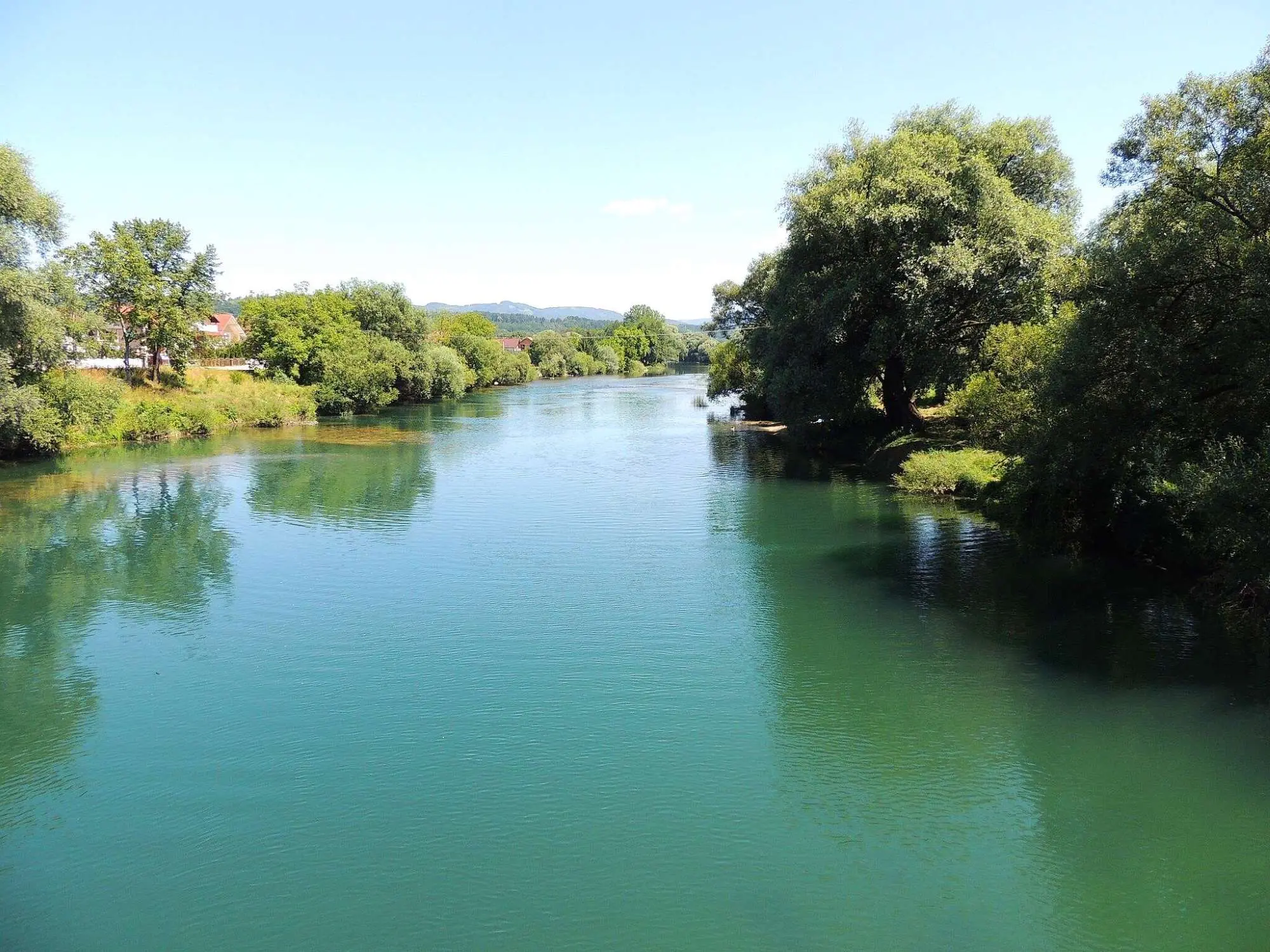
Sana river, Photo: Milovan Antonić, CC BY-SA 4.0
Among these rivers stands out the Sana, a river that, although smaller compared to some of its more well-known neighbors, possesses exceptional natural beauty, ecological value, and cultural significance. With a length of 142 kilometers, the Sana flows through northwestern Bosnia, connecting nature and people in a unique symbiosis that has shaped the history of this region.
It begins its journey on the plateau between the Klekovača and Vitorog mountains, near the village of Donja Pecka, in the municipality of Mrkonjić Grad, where three main springs merge. From there, the river continues through the municipalities of Ribnik, Ključ, Sanski Most, Prijedor, and Novi Grad, where it ultimately flows into the Una River. Its course is varied, from rapids to calm sections, making the river an ideal destination for water sports enthusiasts and nature lovers.
It also receives numerous tributaries, among which are Sanica, Ribnik, Dabar, Zdena, Bliha, Kozica, Japra, and Gomjenica, making the river ecologically rich and diverse. Particularly famous is the Prizrenac Canyon, located in the middle course of the river.
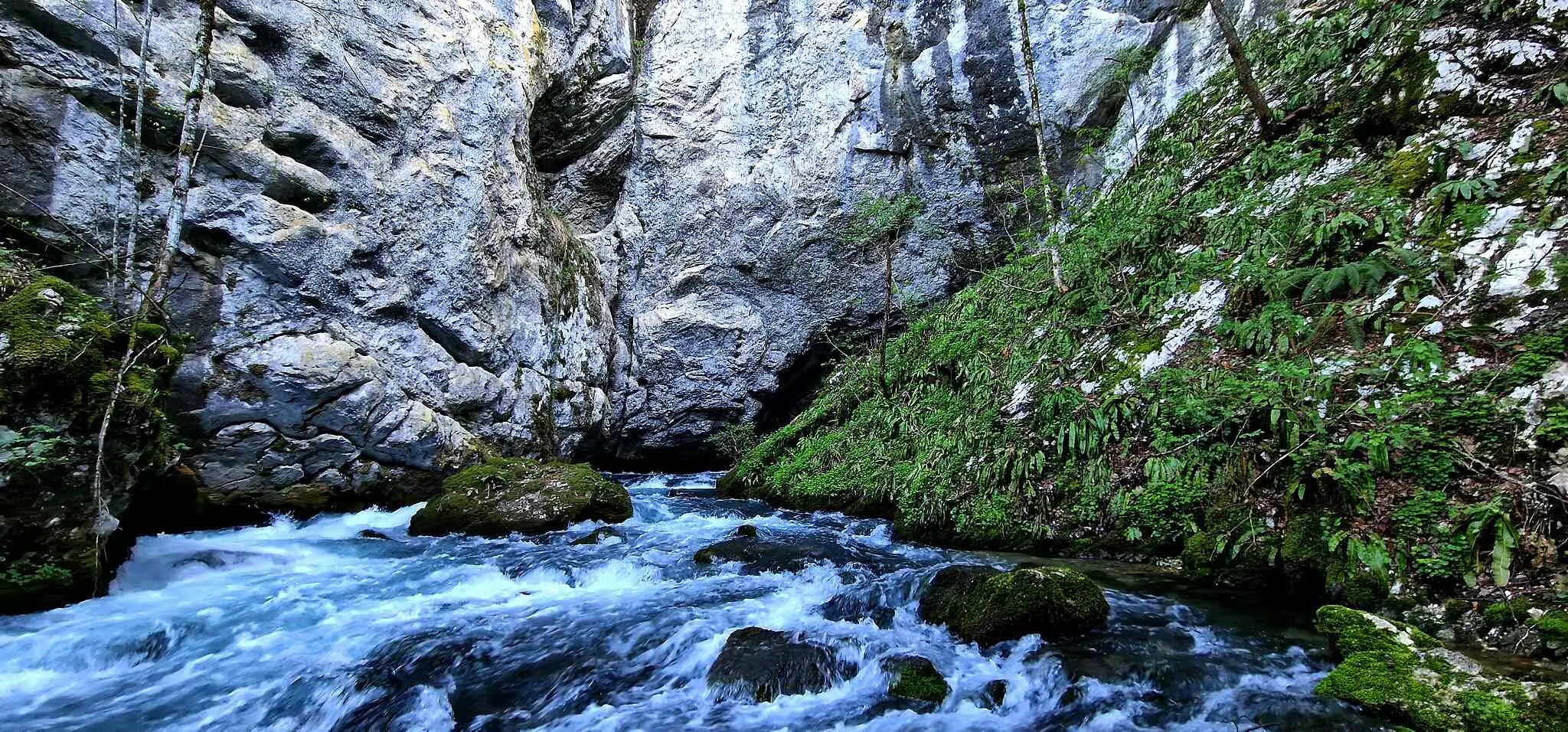
Sana river, Photo: Martin Galea De Giovanni, CC BY-SA 4.0
High Biodiversity
In addition to the threatened species of fish, the young salmon (Hucho hucho), which has become a symbol of the river, it is also home to other fish species such as trout, grayling, and carp. These species, together with numerous birds, amphibians, and other wildlife, make this river a vital ecosystem of the region.
Protecting this ecosystem is important for maintaining biodiversity and ecological balance. The river faces threats, particularly due to the construction of hydroelectric power plants, which could endanger its natural flow and habitats. However, the Sana remains an important ecological resource, and is protected by many environmental organizations.
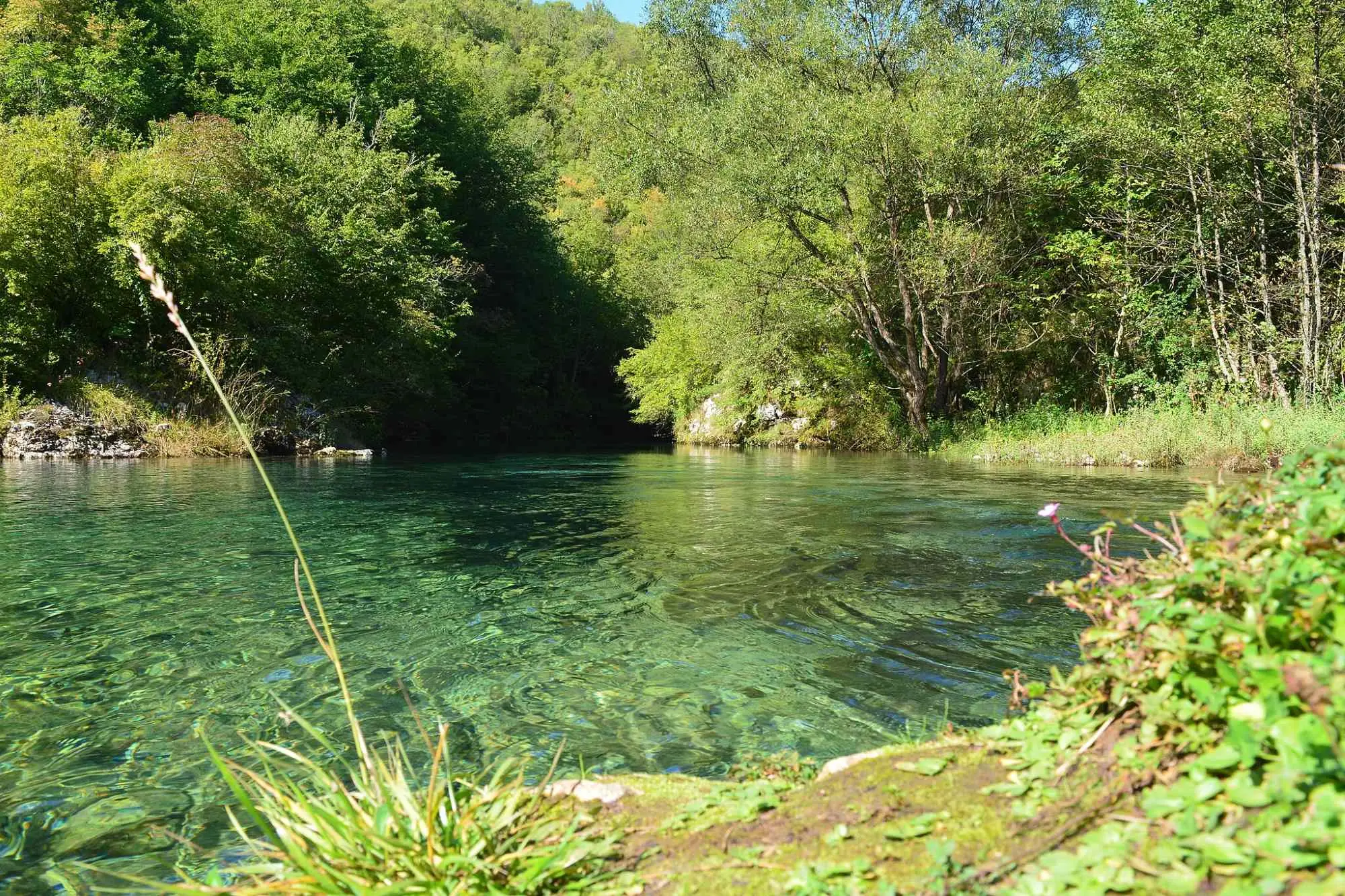
Sana river, Photo: Ljubica K-R, CC BY-SA 4.0
A Paradise for Nature Lovers and Adventurers
Rafting, kayaking, and fishing are extremely popular activities on the river, particularly in the area around Sanski Most, where the river’s fast flow provides ideal conditions for these sports. In the summer, the river becomes an attractive destination for swimming, and its banks offer ideal conditions for relaxation, picnics, and enjoying nature.
In addition to water activities, the river’s surroundings offer opportunities for hiking, cycling, and exploring natural beauty. One of the most famous sites is “Vrela Sana,” recently declared a natural monument, where visitors can enjoy pristine nature and wild landscapes.
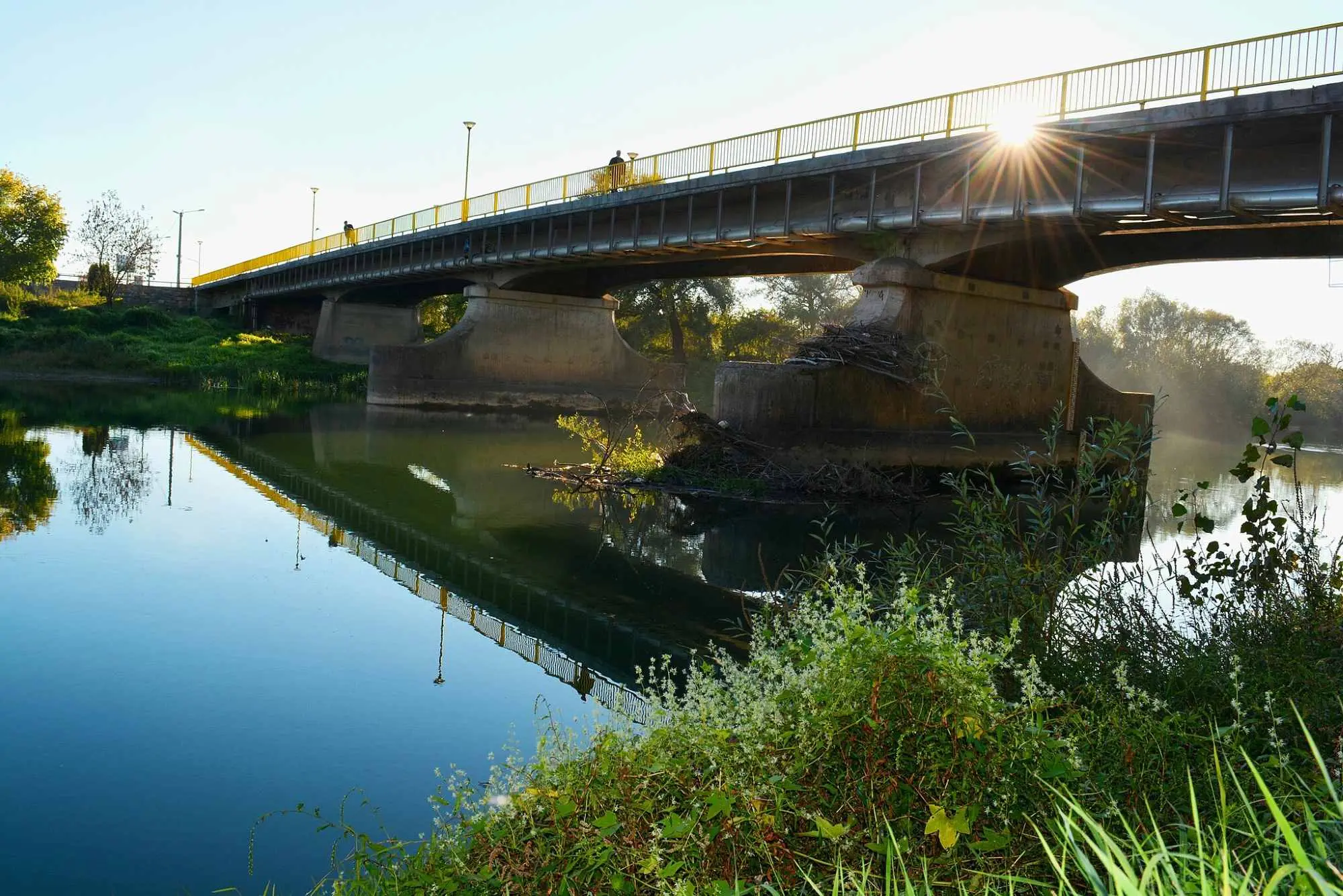
Sana river, Photo: Ljubica K-R, CC BY-SA 4.0
Deeply Rooted Cultural Significance
Cities like Sanski Most, Prijedor, and Novi Grad heavily depend on the river for water resources, transport, and agriculture, and throughout history, the river has played a crucial role in connecting these settlements.
Every year in June, the “Day of the Sana River” is held, bringing together communities, environmental organizations, and visitors to raise awareness about the importance of preserving the river. This event includes a relay from the source of the river to its confluence and aims to promote sustainable ecotourism.
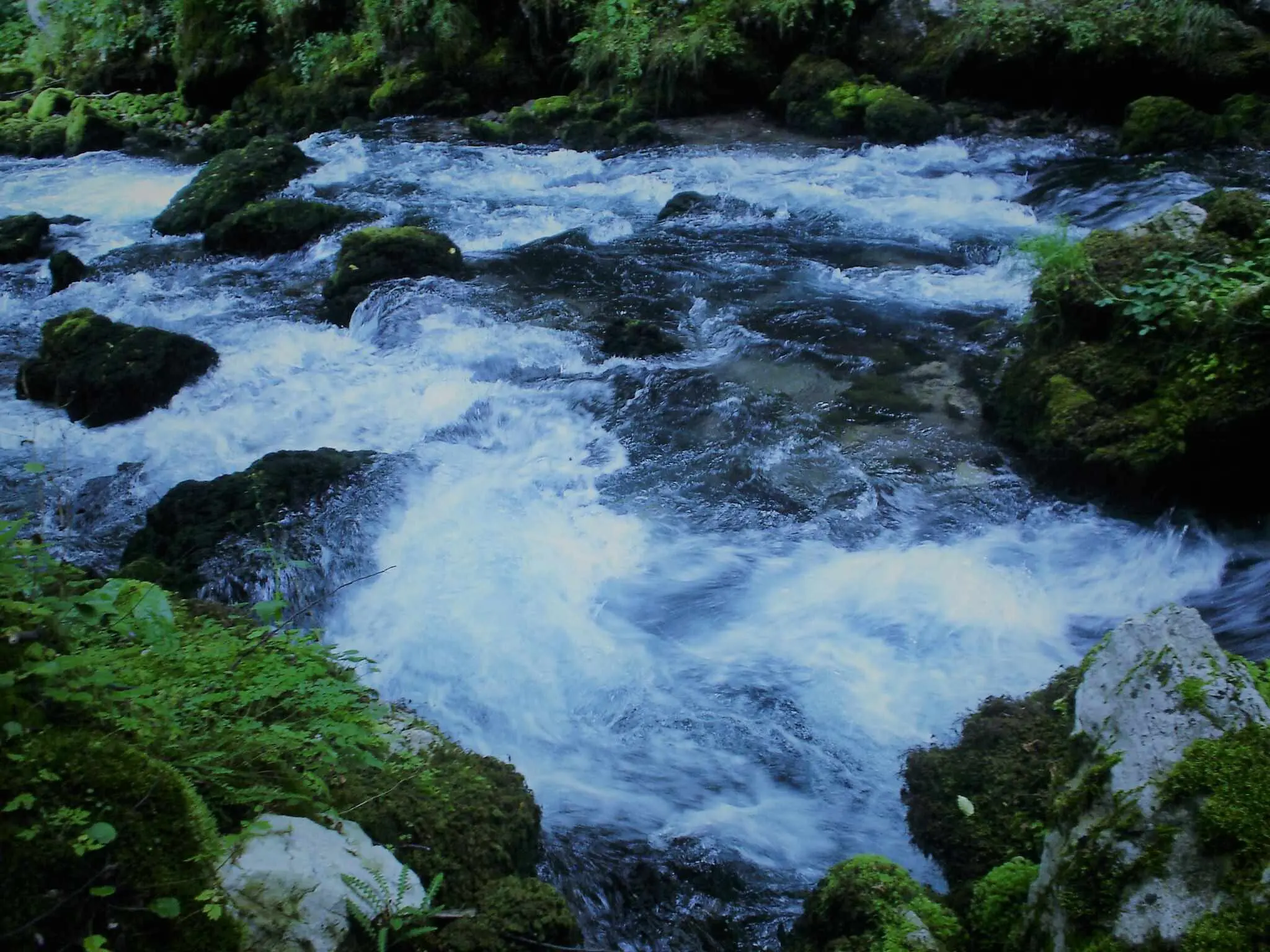
Sana river, Photo: Nikola Ćoćkalo, CC BY-SA 4.0
A Symbol of Life, Culture, and Tradition of the Bosnian Krajina
With its course, clear waters, rich biodiversity, and cultural significance, it remains an indispensable part of this region. Preserving its natural flow is crucial for the long-term sustainability of the ecosystem, and its significance goes beyond just the physical presence of the river. Sana, as a river that connects people, nature, and history, is truly a jewel of the Bosanska krajina.



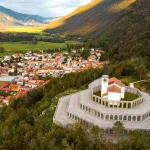
Leave a Reply